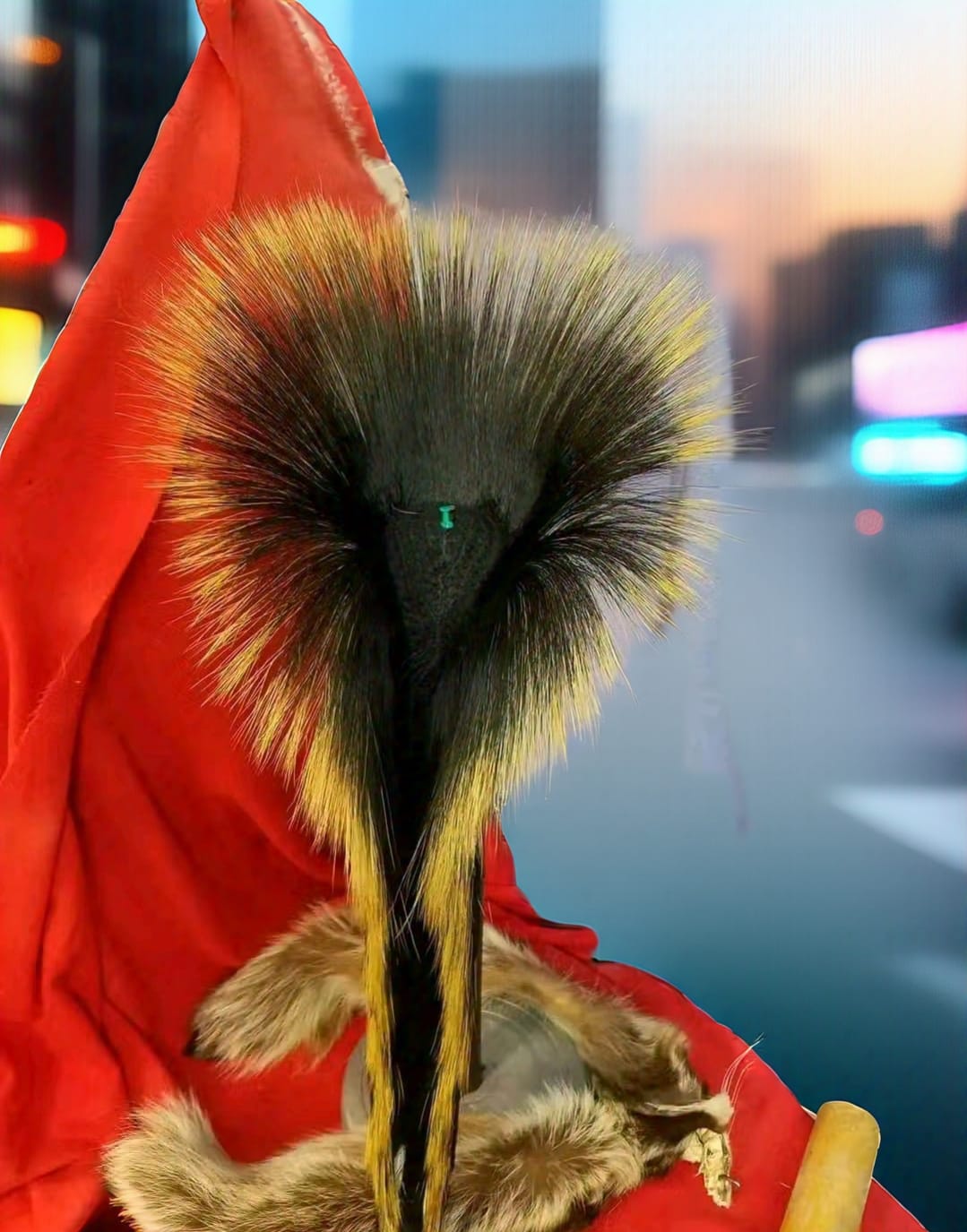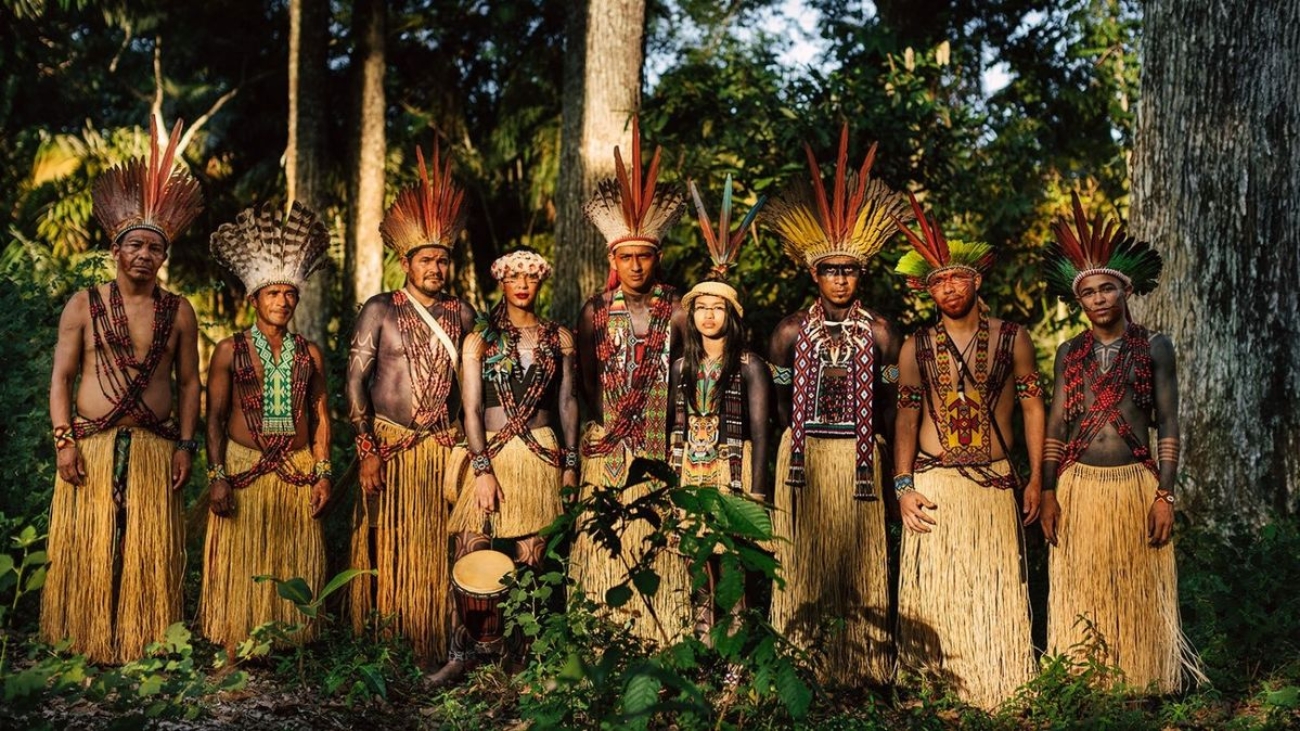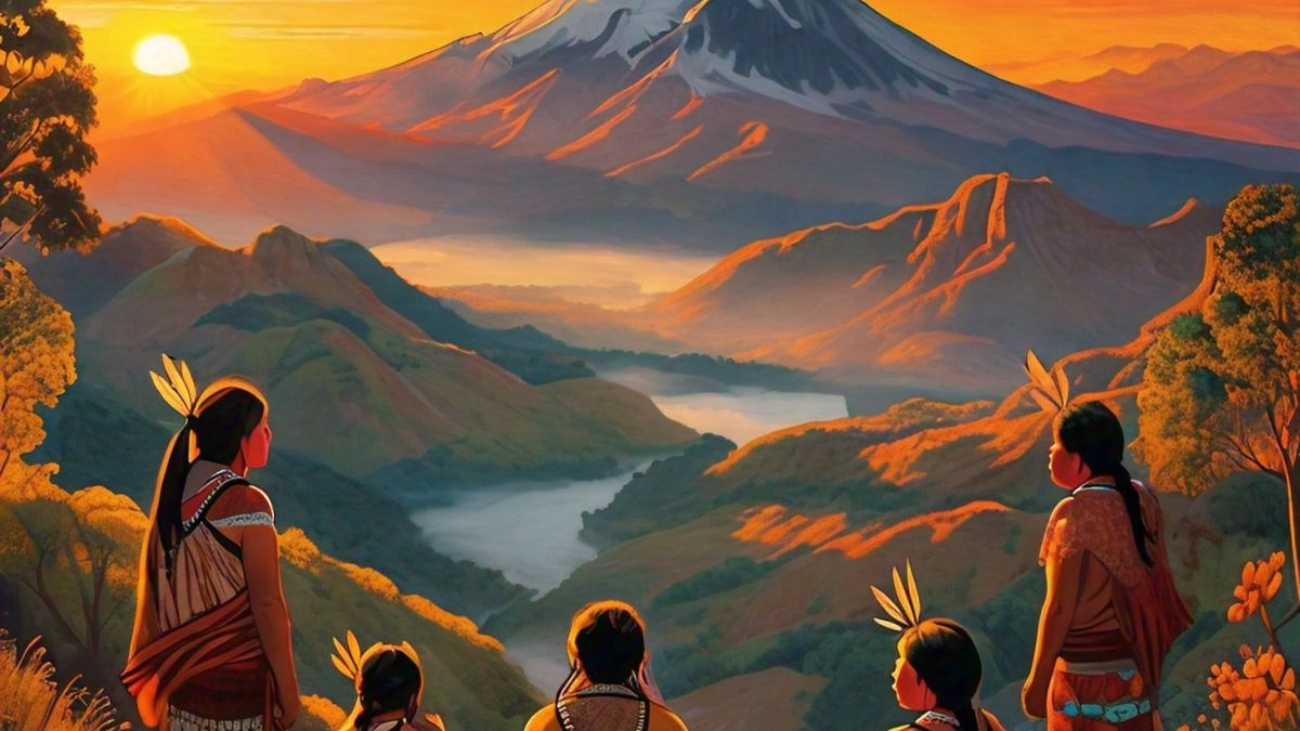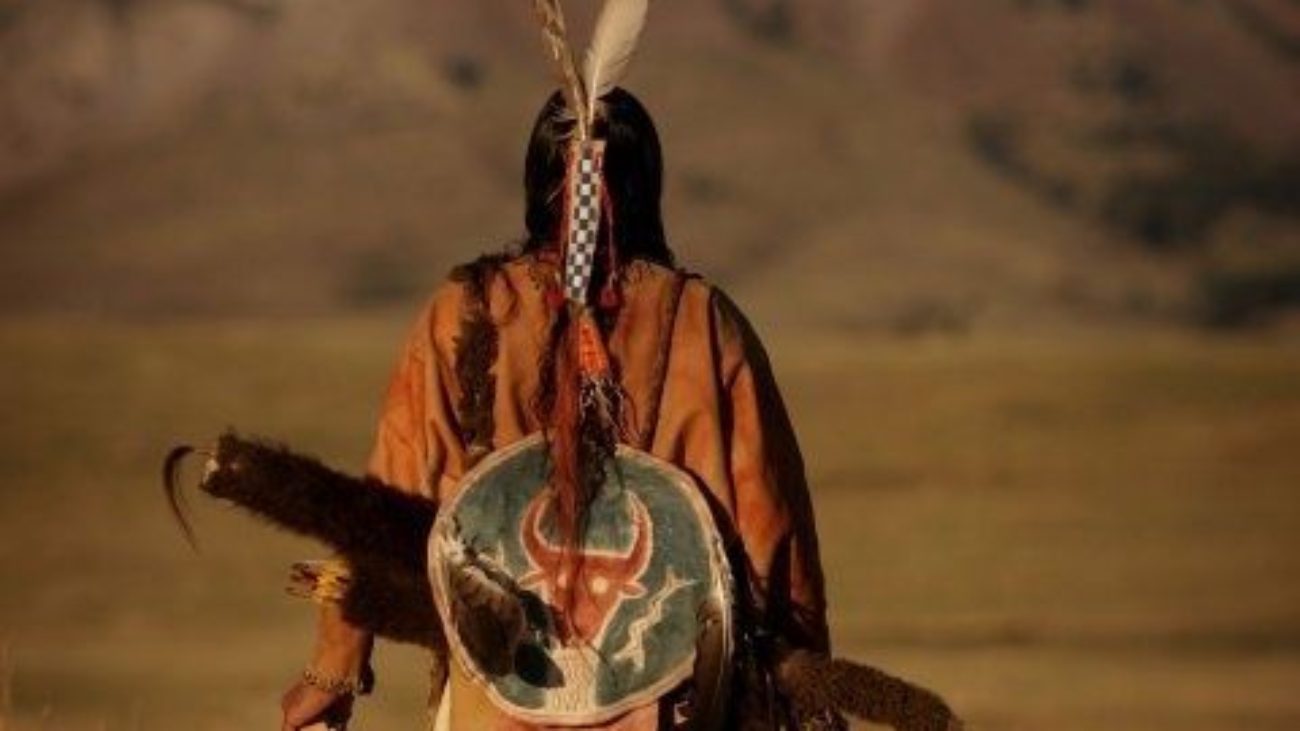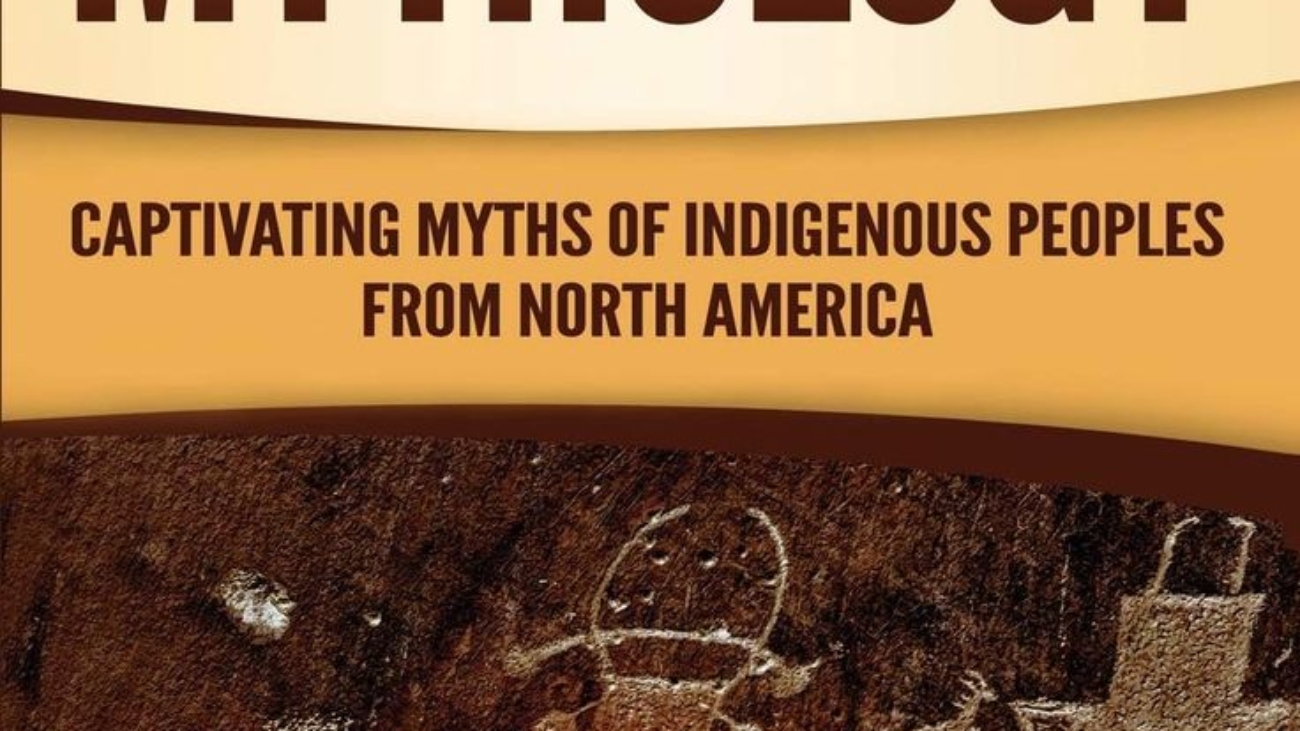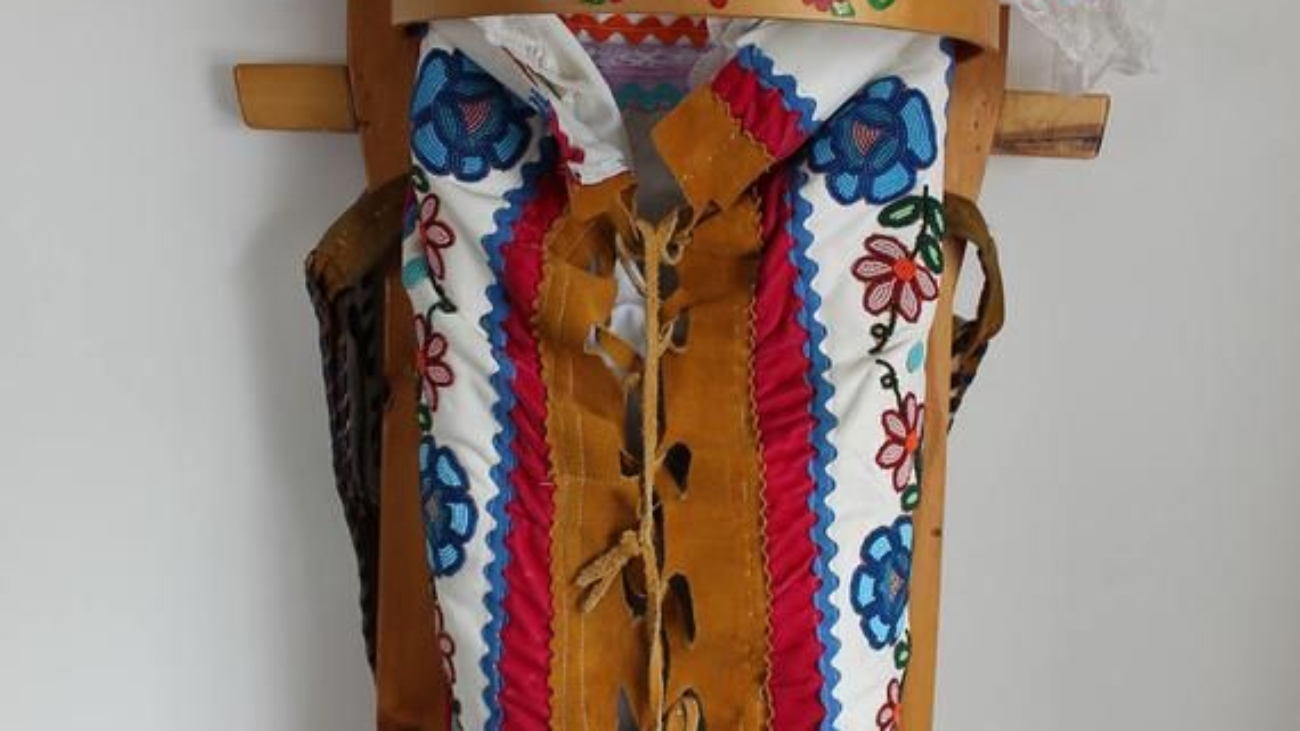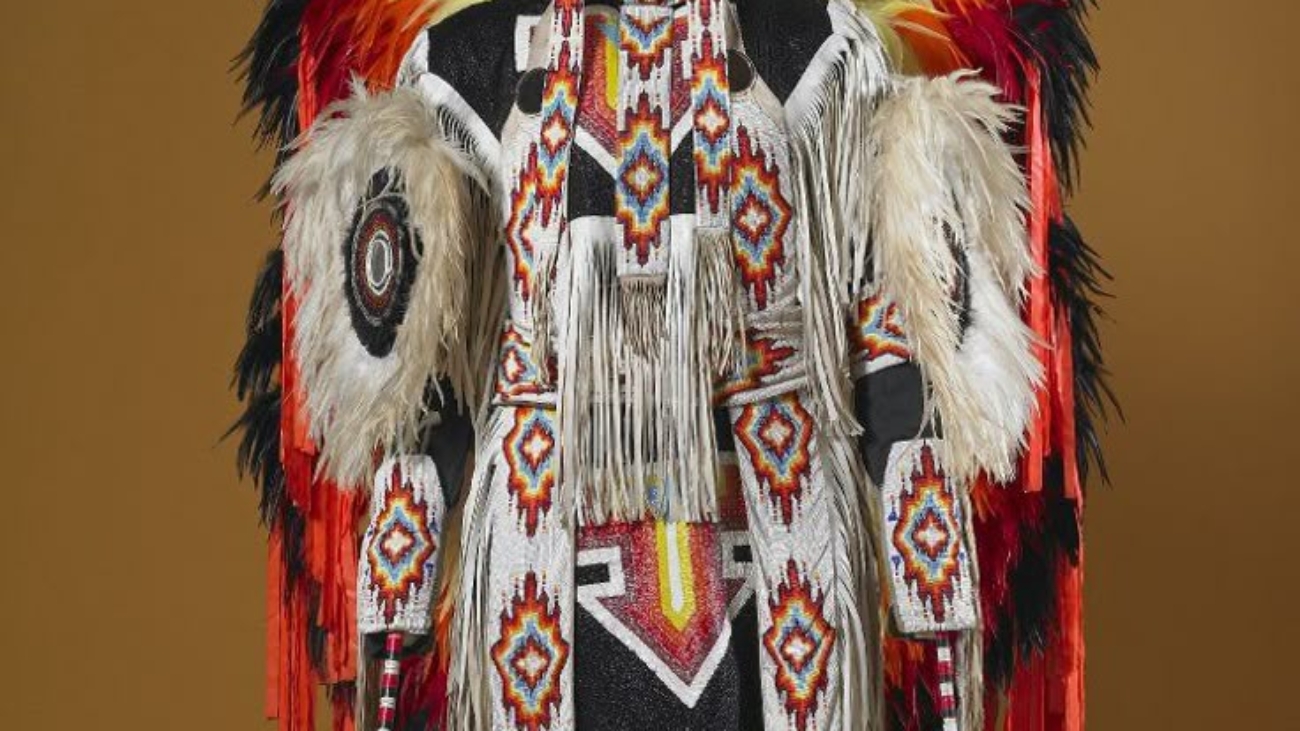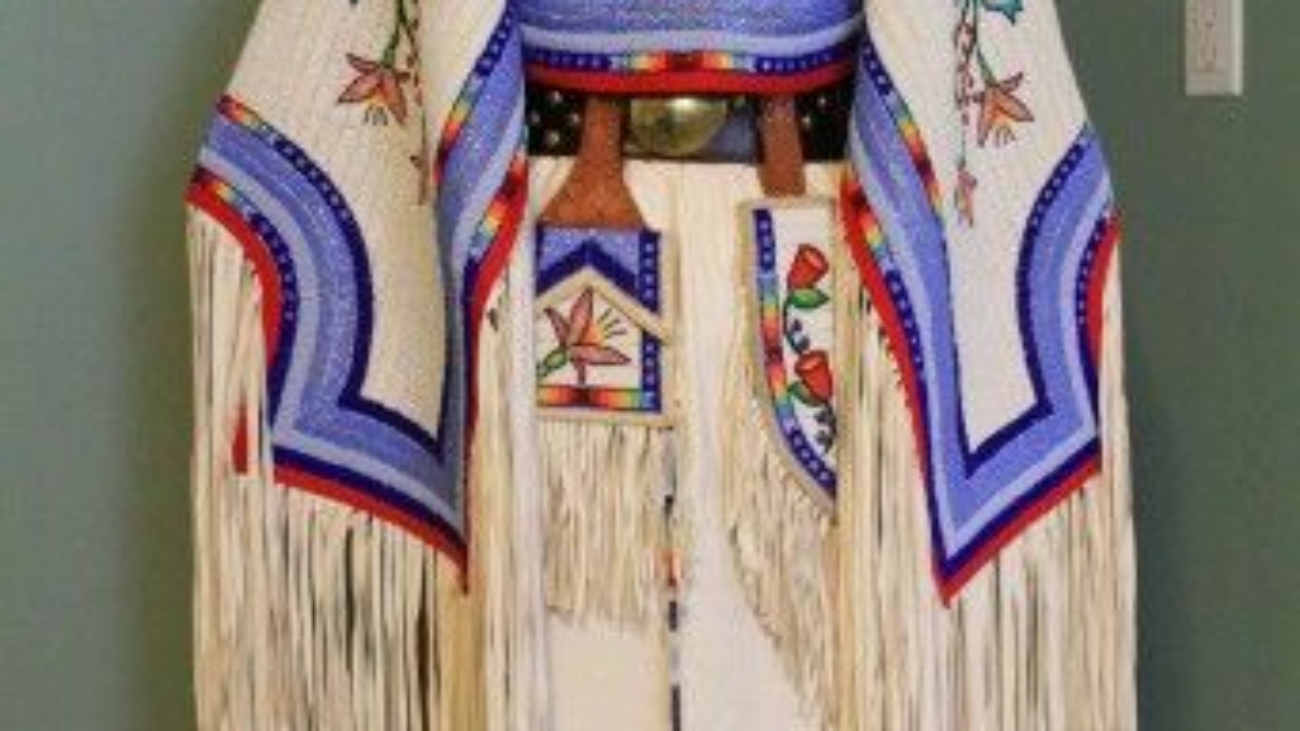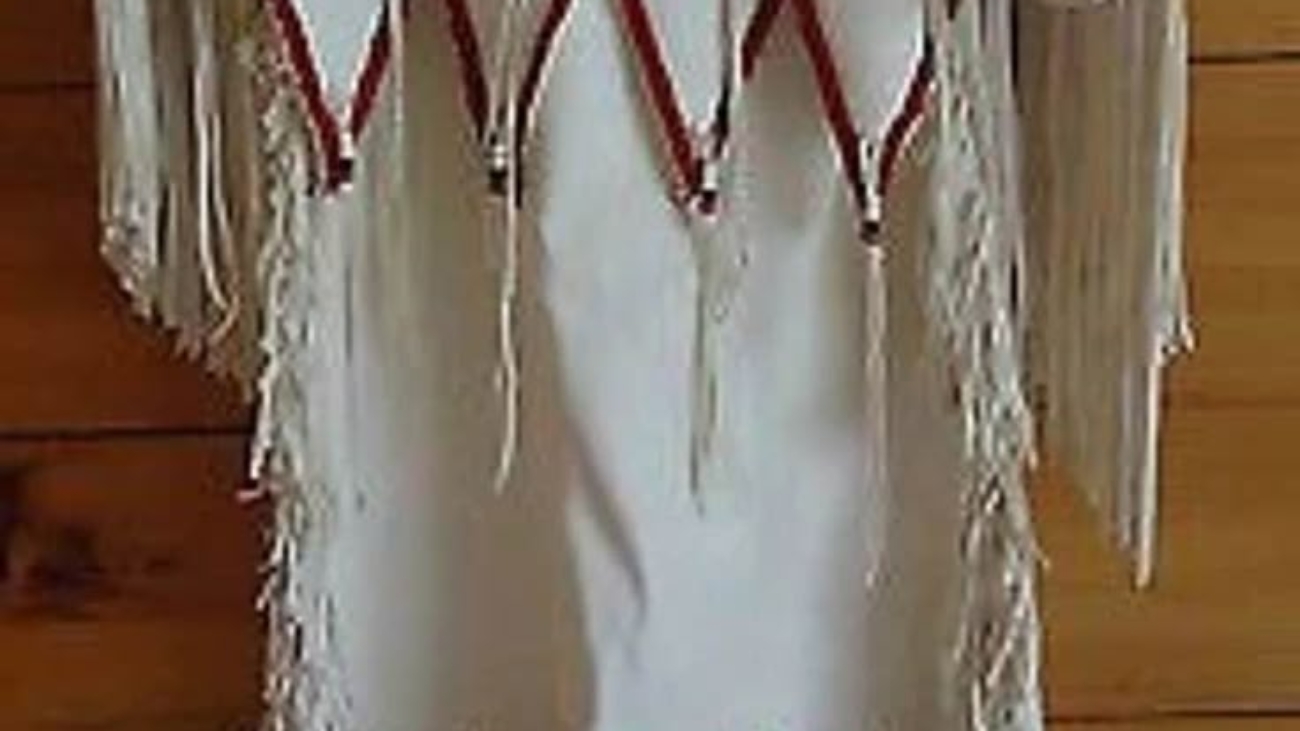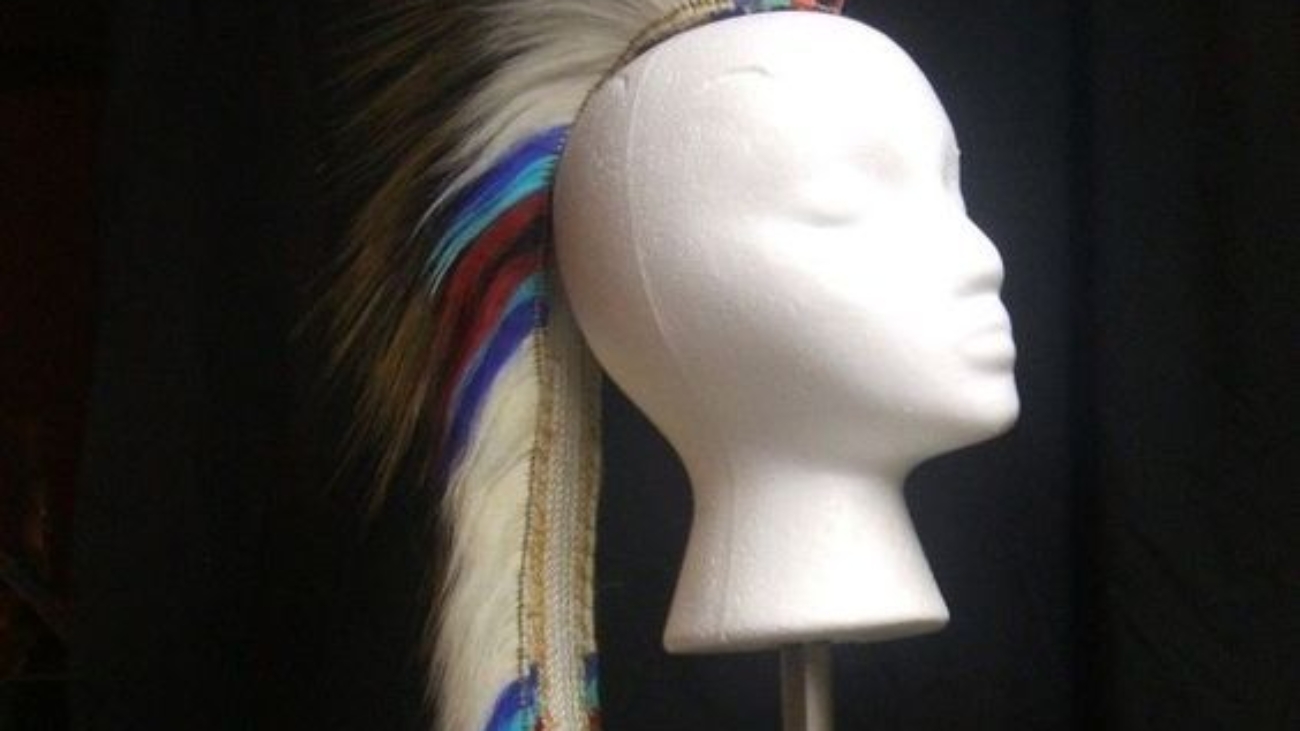How to Include Indigenous Culture in Childcare: Practical Tips for Educators
How to Include Indigenous Culture in Childcare: Practical Tips for Educators is an important topic for educators and caregivers who want to build a welcoming and respectful learning environment. Including Indigenous culture in childcare helps kids learn about diversity and shows respect for the traditions of Indigenous peoples.
First, find out about the specific Indigenous communities in your area.
Learning about their history, values, and customs helps you include them in your childcare setting. Then, use stories, songs, and art from Indigenous cultures in your activities. Using real materials, like books by Indigenous authors or traditional crafts, makes learning more meaningful for children.
Another good way to include Indigenous culture is by celebrating Indigenous holidays and special events.
Plan activities around these days to teach kids about Indigenous heritage and show respect. Inviting people from Indigenous communities to share their knowledge through storytelling or hands-on activities makes the experience more real and personal.
Making sure the space you create is respectful also means using the right language.
Teach kids to use words that show respect for Indigenous peoples and encourage them to ask questions. Don’t use stereotypes and remember that Indigenous cultures are not all the same.
Educators can include Indigenous culture in childcare by sharing traditional teachings about nature and the environment.
Many Indigenous groups believe in living in harmony with the earth, which matches ideas like caring for the planet and respecting all living things. Activities outdoors that are inspired by Indigenous practices help children connect these ideas in a practical way.
Lastly, keeping learning going is important.
Caregivers should take part in training about Indigenous culture and be ready to listen to feedback from Indigenous communities.
In short, including Indigenous culture in childcare needs thoughtful effort, respect, and a willingness to learn.
By sharing stories, celebrating traditions, using respectful language, and working with Indigenous communities, childcare providers can make learning richer and help children understand different cultures from a young age.
